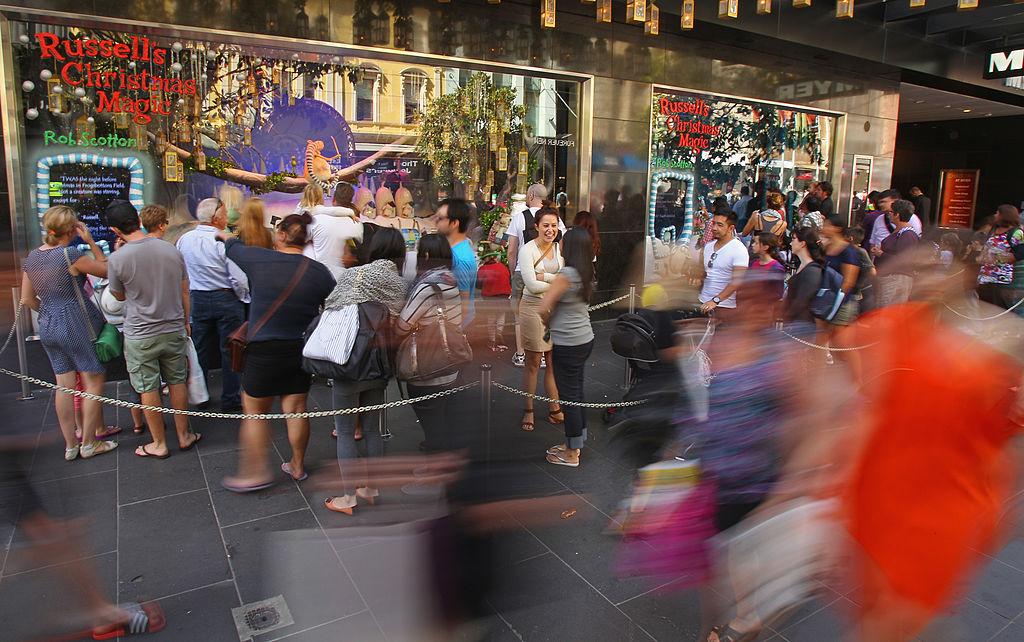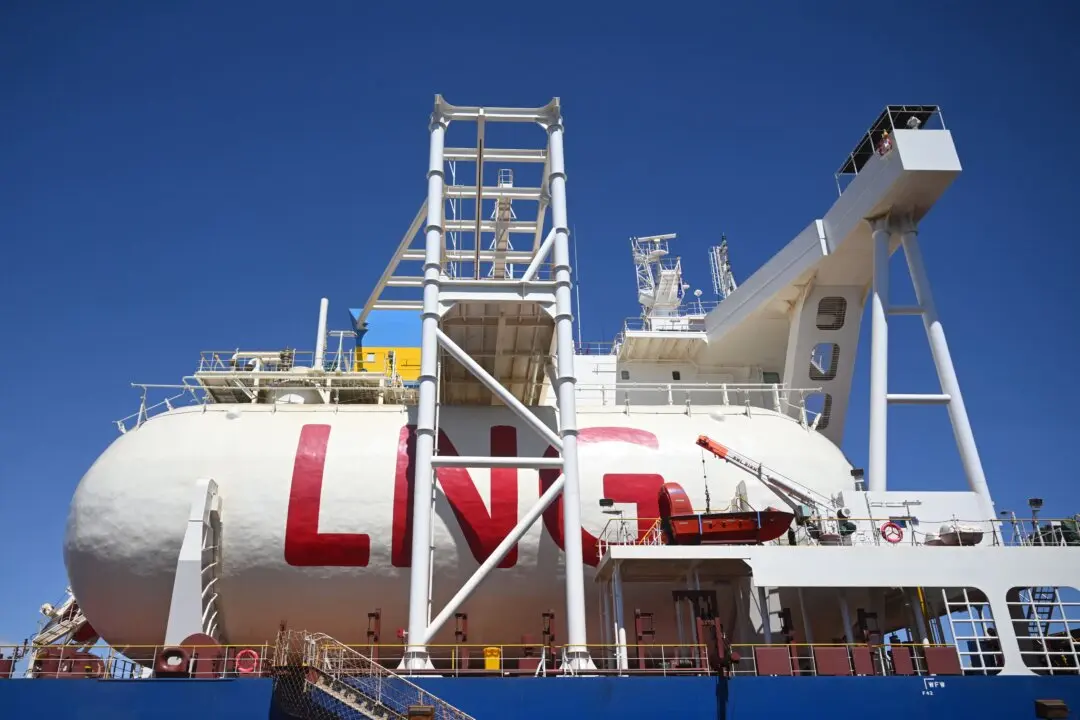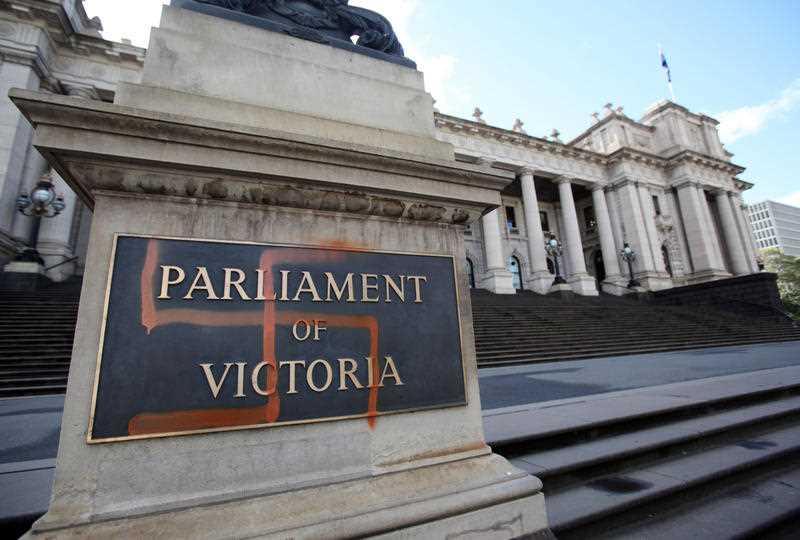Confidence readings this week will show how consumers and business feel about the early stages of Australia’s economic recovery from the first recession since the early 1990s.
Reserve Bank governor Philip Lowe will also have a chance to embellish on his view of last week’s national accounts which showed the economy had expanded by 3.3 percent in the September quarter.





